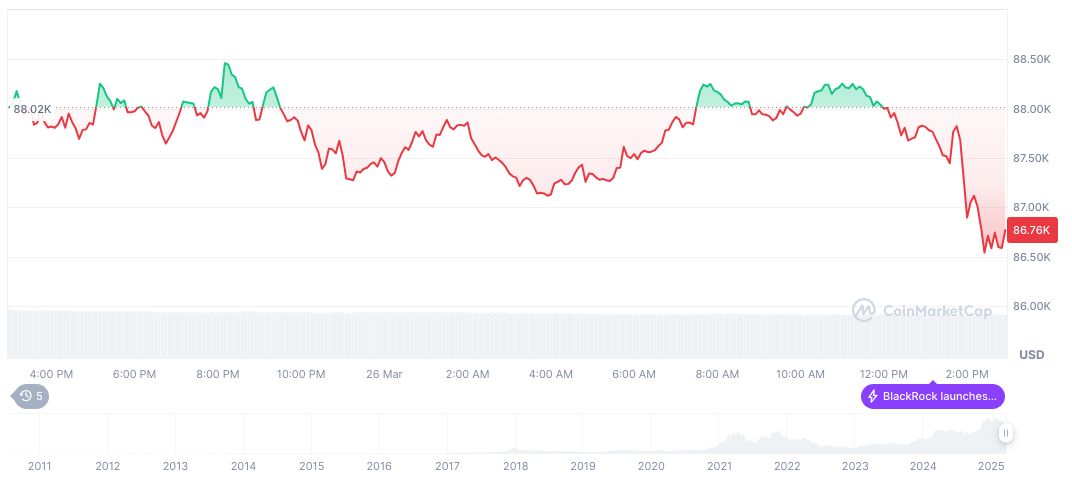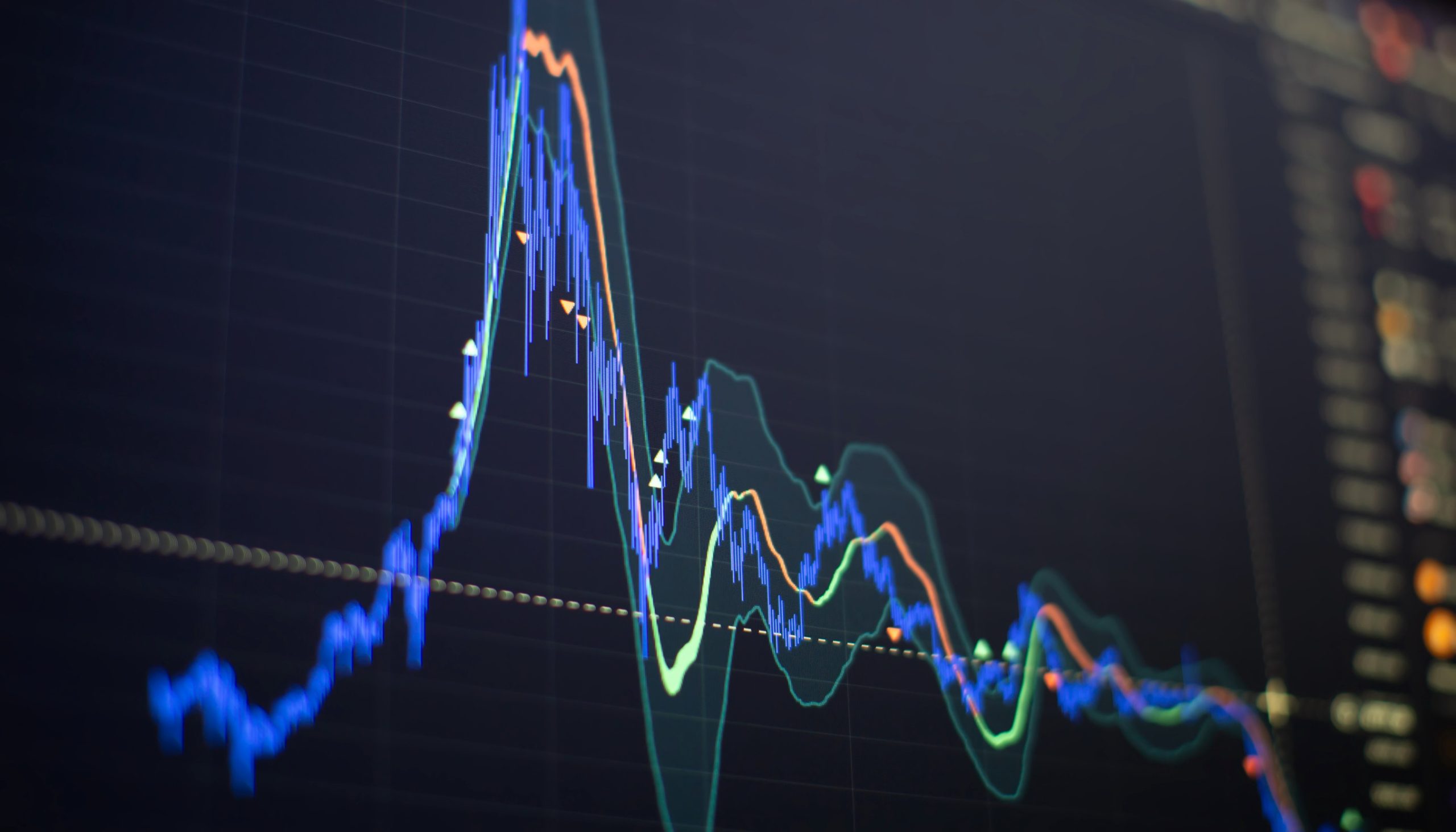 CaryptosHeadlines Media Has Launched Its Native Token CHT.
Airdrop Is Live For Everyone, Claim Instant 5000 CHT Tokens Worth Of $50 USDT.
Join the Airdrop at the official website,
CryptosHeadlinesToken.com
CaryptosHeadlines Media Has Launched Its Native Token CHT.
Airdrop Is Live For Everyone, Claim Instant 5000 CHT Tokens Worth Of $50 USDT.
Join the Airdrop at the official website,
CryptosHeadlinesToken.com
- Q1 breaches reach record $1.64 billion, largely involving CeFi platforms.
- Bybit hack alone accounts for $1.46 billion of losses.
- North Korean hackers linked to 94% of total Q1 breaches.
Q1 2025 witnessed significant losses in the cryptocurrency sector, with a reported $1.64 billion in total. This figure stems from 40 separate incidents, largely impacting centralized financial platforms according to data from Immunefi.
The first quarter’s losses signify potential vulnerabilities within the crypto industry, particularly concerning centralized exchanges, as stated by Immunefi CEO Mitchell Amador.
Record Loss: Bybit Hack Dominates Q1 Breaches
Immunefi reports a sharp increase in crypto security breaches, with 40 incidents leading to substantial monetary loss in Q1 2025. North Korean hacking groups were identified as key perpetrators, responsible for nearly all the recorded breaches.
CeFi platforms experienced significant exposure, with Bybit suffering $1.46 billion in loss from a single hack. Analysis indicates a sharp need for improved security measures within centralized exchanges to deter similar incidents.
“The Q1 2025 breaches mark a historic moment in crypto security, with CeFi accounting for 94% of total losses, all caused by North Korean hackers. The sheer scale of the Bybit and Phemex attacks, totaling $1.5 billion, shows how state-backed actors are arguably the most pressing threat to our industry.” – Mitchell Amador, Founder and CEO of Immunefi
North Korean Hackers Intensify 2025 Crypto Threats
Did you know? In 2025, losses from North Korean-linked crypto hacks exceeded the combined values of the three largest prior recorded breaches.
Bitcoin’s price currently stands at $86,255.39 with a market cap of $1.71 trillion. Despite recent security breaches, its dominance remains around 60.42%, as per CoinMarketCap data. Over 24 hours, Bitcoin’s price dipped by 1.44%, although it has marginally increased by 1.34% over the past week.


The Coincu research team highlights a critical need for improved cybersecurity frameworks across the industry, leveraging historical trends to mitigate risks. With regulatory changes anticipated, they suggest greater industry collaboration and adherence to international security standards.












